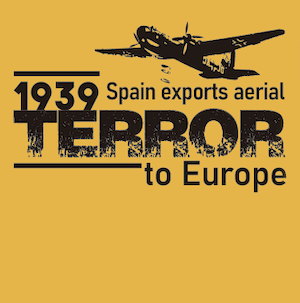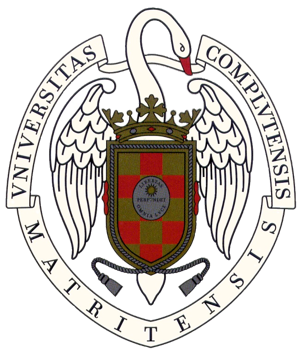In recent years, the bombing of Guernica on 26 April 1937 has been increasingly interpreted in the context of the development of aerial warfare in the inter-war period. The special relationship between the "novel" way of conducting war in and from the air and the perception of this type of warfare is emphasised. As a result of the bombing of entire cities and the use of machine guns from low-flying aircraft, a new type of warfare emerged, in which the differences between civilian and military populations began to blur. The German-Italian bombing of Guernica will be framed as an essential link in this process, which would reach its first peak in the Second World War.
The bombing of Guernica in the context of the expansion of aerial warfare in the interwar period
Share on facebook
Share on twitter
Share on whatsapp
Share on email

Walther L. Bernecker
A German historian, born on 17 July 1947 in Dollnstein, he has had a long career as professor of foreign studies at the faculty of economics and social sciences of the Friedrich-Alexander-University of Erlangen-Nuremberg. He is the author of numerous publications on Spanish, Portuguese and Latin American history. Since his dissertation on anarchism and the civil war he has dealt with the subject of anarchism in several articles.
In 2007 he was honoured with the Cross of Comendador Ordinario de la Orden Isabel la Católica for his outstanding services to the study of Spanish history and the dissemination of the Spanish language. In 2009 he was awarded the Order of Merit of the Federal Republic of Germany. Since 2011 he has been a full member of the European Academy.








